
Meteor Activity Outlook for September 21-27, 2019
Ross Phelps captured this beautiful scene of a fireball over water on July 24, 2019 from Piermont, New Hampshire USA.…

Ross Phelps captured this beautiful scene of a fireball over water on July 24, 2019 from Piermont, New Hampshire USA.…

During this period the moon reaches its full phase on Saturday September 14th. This will be the worst time of the month to try and view meteor activity as the bright moon will obscure all but the brightest meteors. Toward the end of this period the evening hours will be free of moonlight but rates during this time of night are low, seldom exceeding 5 meteors per hour.
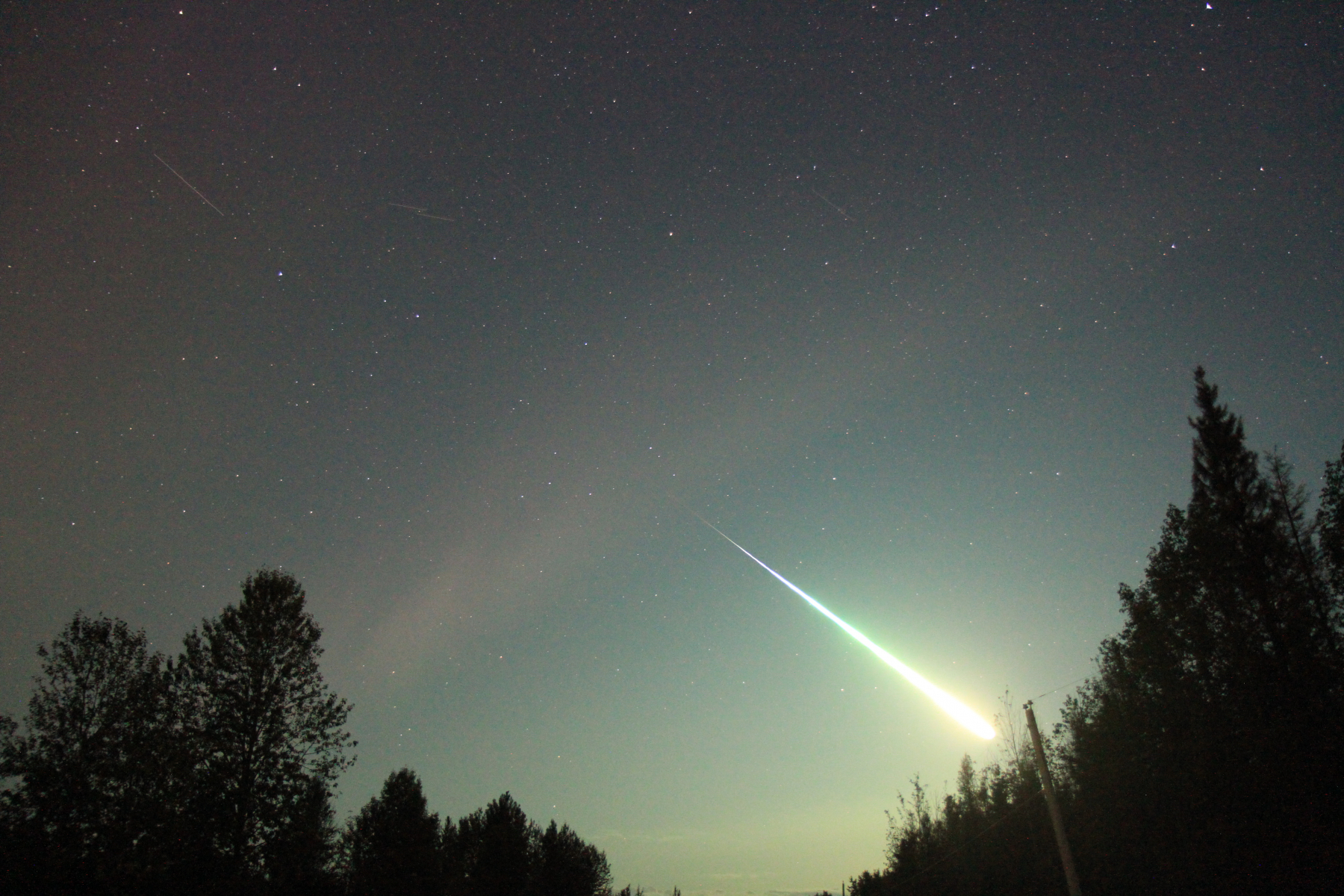
During this period the moon’s phase waxes from just past its first quarter phase to nearly full. This weekend the moon’s phase will be a waxing gibbous that will set soon after midnight local daylight saving time (LDST). This is good timing as the more active morning hours will be free of moonlight. With each passing night this window of dark sky shrinks until the moon sets near the start of dawn late in the week.
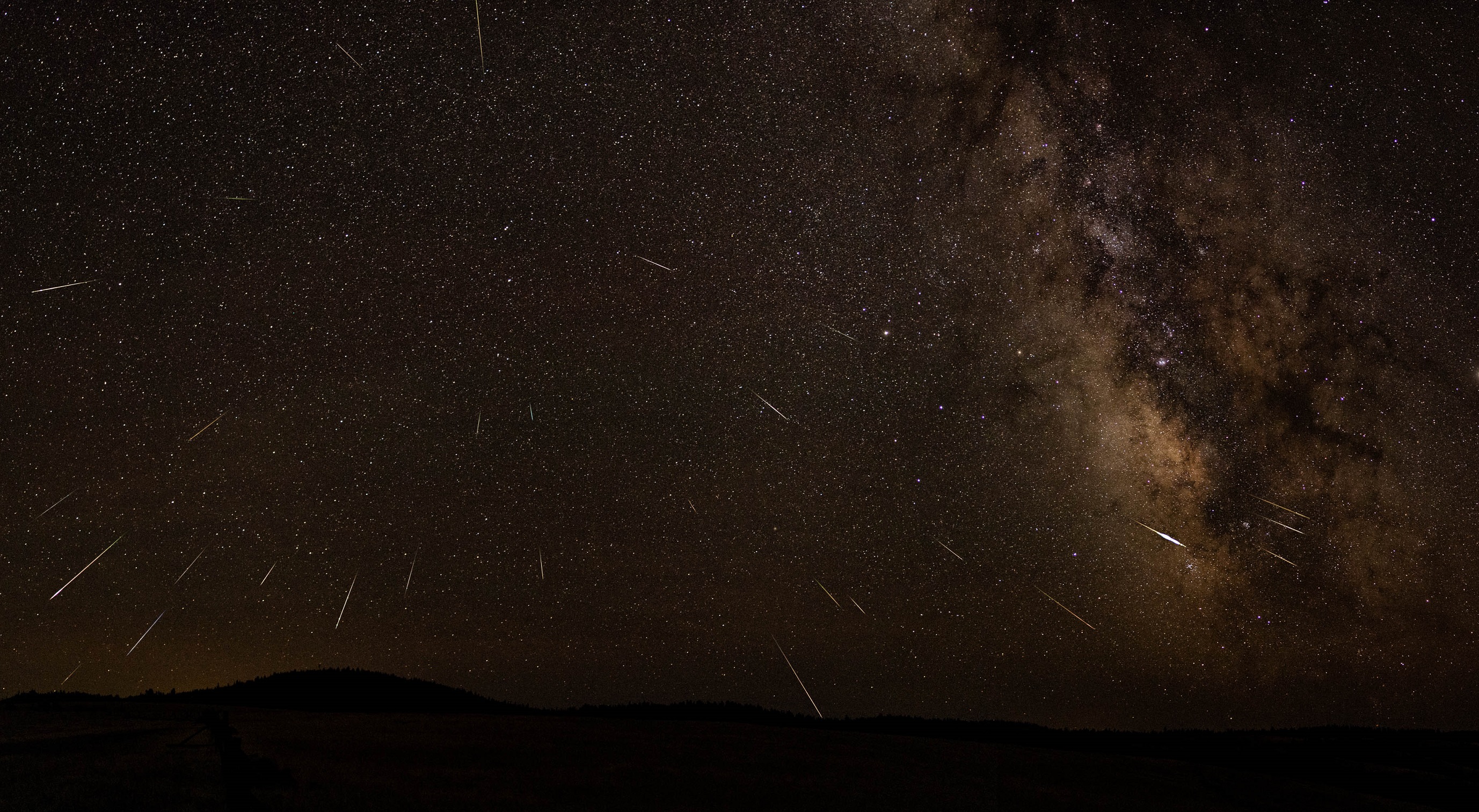
Many composite images have been made of the Perseids and Geminids. Have you ever seen one of a minor shower?…
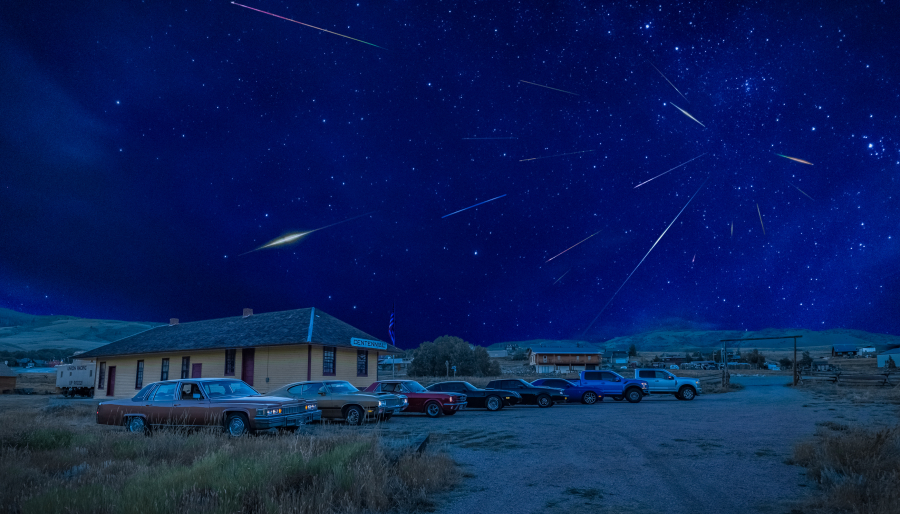
During this period the moon reaches its new phase on Friday August 30th. On that date the moon is located near the sun and is invisible at night. This weekend the nearly half-illuminated moon will rise during the early morning hours. While the moonlight in the morning sky will be bothersome, successful meteor observations can still be undertaken by simply keeping the moon out of your field of view.

During this period the moon wanes from its full phase to nearly half illuminated. This weekend the waning gibbous moon will rise during the early evening hours and will compromise the sky the remainder of the night. This is the worst time of the month to try and view meteor activity as the more active morning hours are completely swamped in bright moonlight.
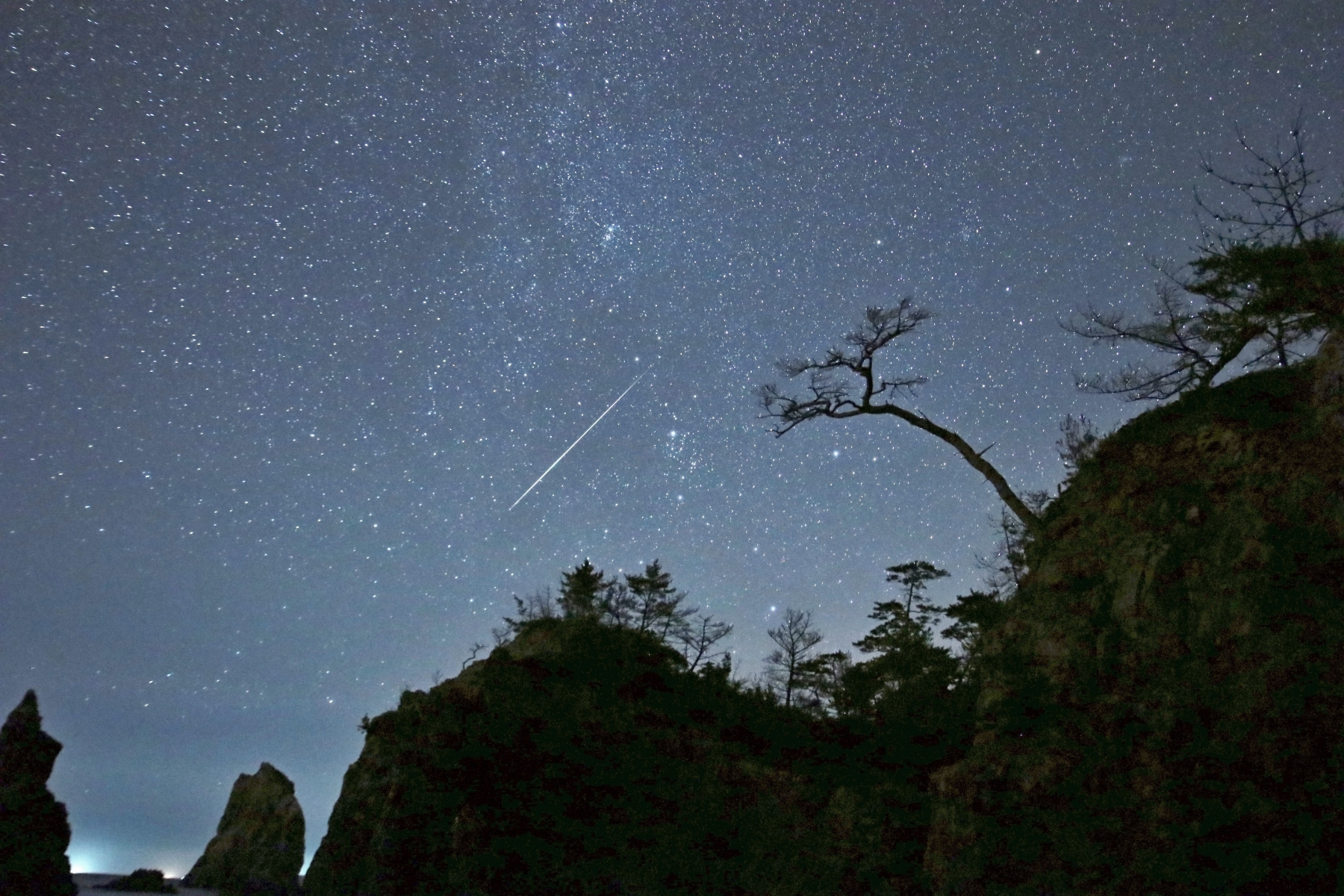
During this period the moon reaches its full phase on Thursday August 15th. On that date the moon is located opposite the sun and lies above the horizon all night long. This weekend the waxing gibbous moon will set during the early morning hours, giving a small window of opportunity to view in dark skies while the moon is low in the west or below the horizon.
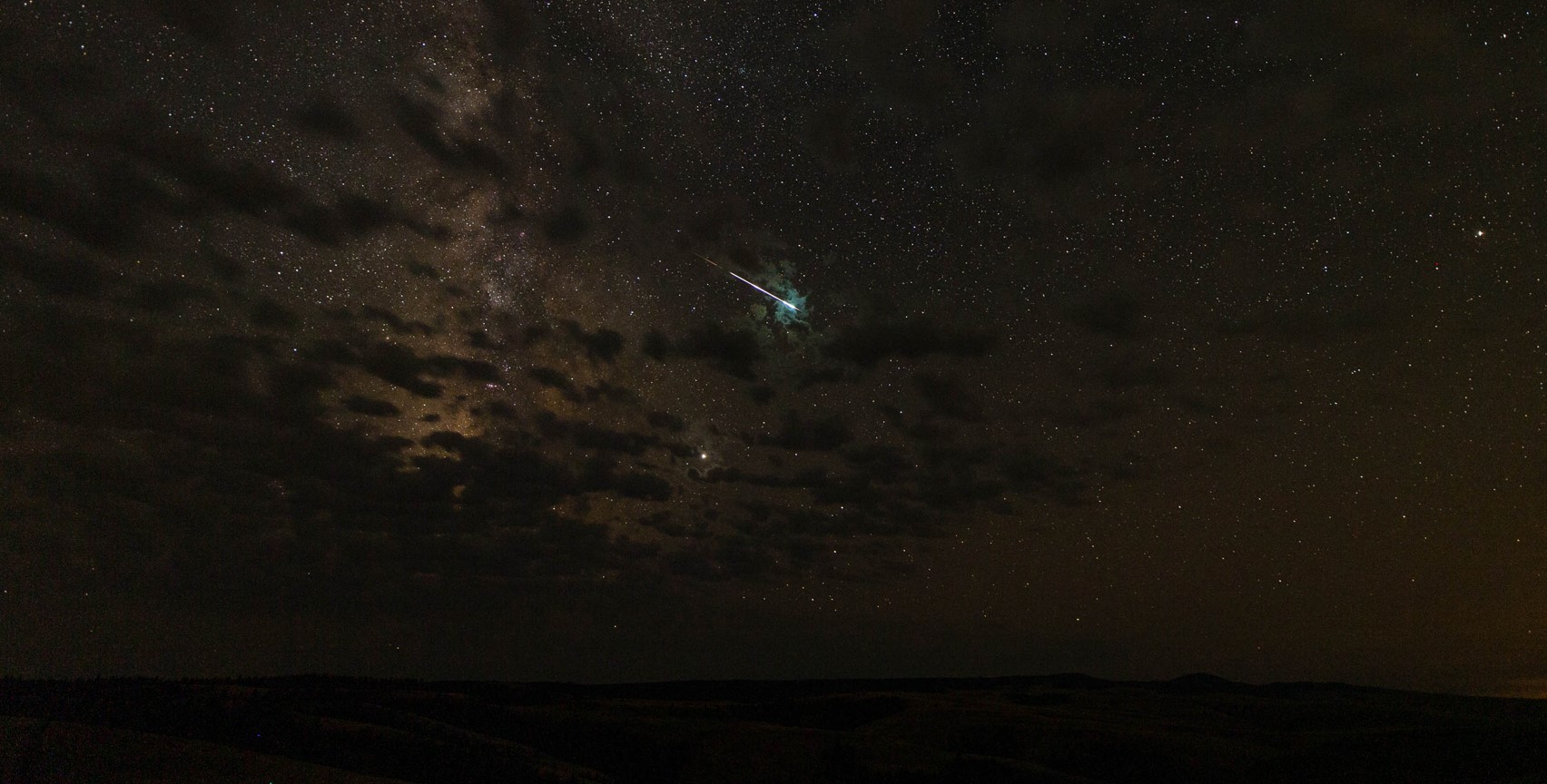
During this period the moon reaches its first quarter phase on Wednesday August 7th. On that date the moon is located 90 degrees east of the sun and will set near midnight local summer time. This weekend the waxing crescent moon will set during the late evening hours and will not interfere with viewing meteor activity.

The estimated total hourly meteor rates for evening observers this week is near 4 for those viewing from the southern hemisphere and 4 for those located north of the equator. For morning observers the estimated total hourly rates should be near 17 as seen from mid-northern latitudes (45N) and 14 as seen from tropical southern locations (25S) .

With the Perseids badly mooned in August, the summer highlights will occur in July when the alpha Capricornids (CAP) and…
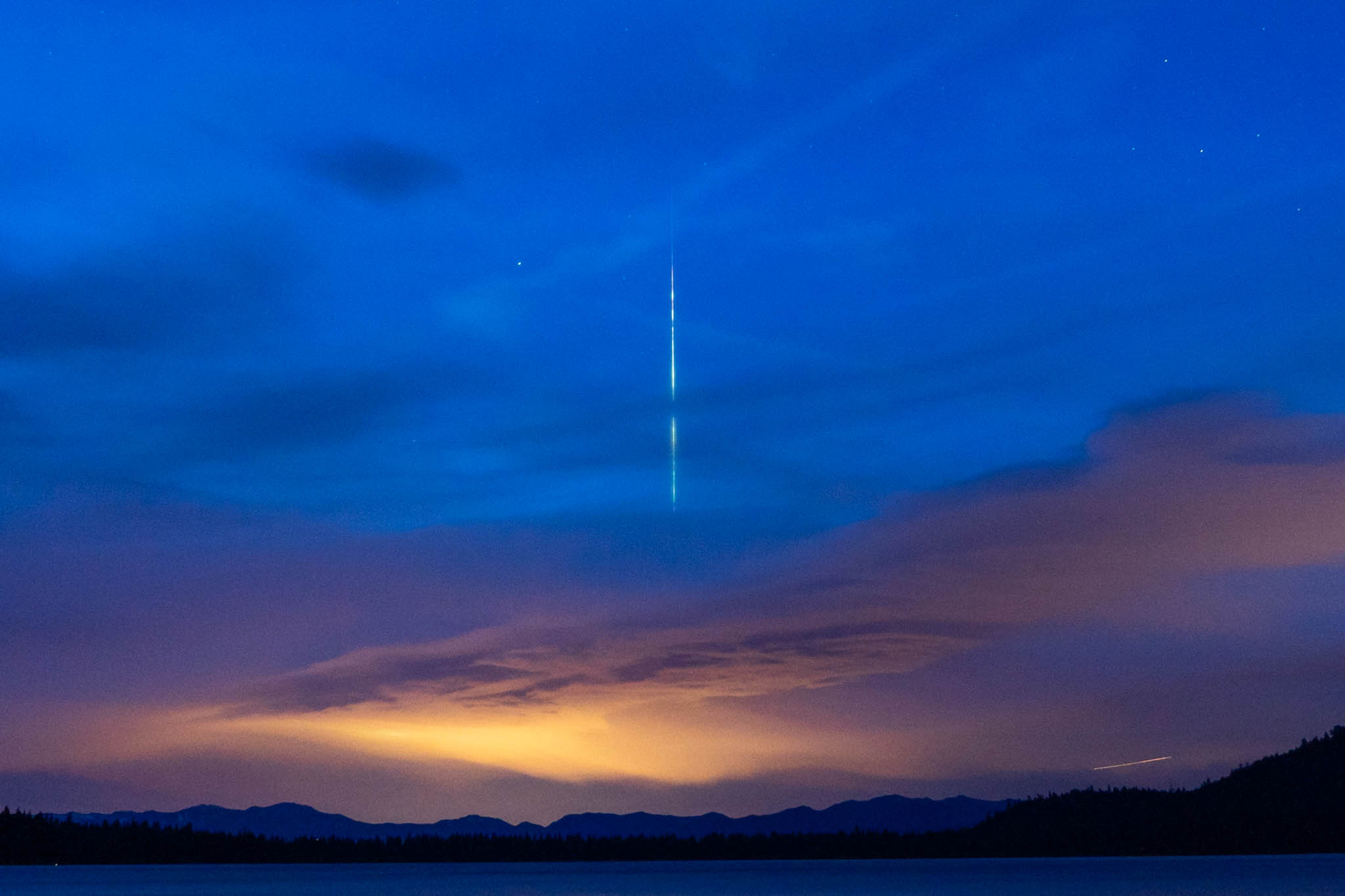
During this period the moon reaches its last quarter phase on Wednesday July 24th. On that date the moon is located 90 degrees west of the sun and rises near 0100 local daylight saving time (LDST). This weekend the waning gibbous moon will rise during the late evening hours and will interfere with viewing meteor activity during the more active morning hours. In fact the moon will be a nuisance during this entire period. One can either view during the slow evening hours prior to moonrise or view during the more active morning hours, keeping the moon well out of your field of view.
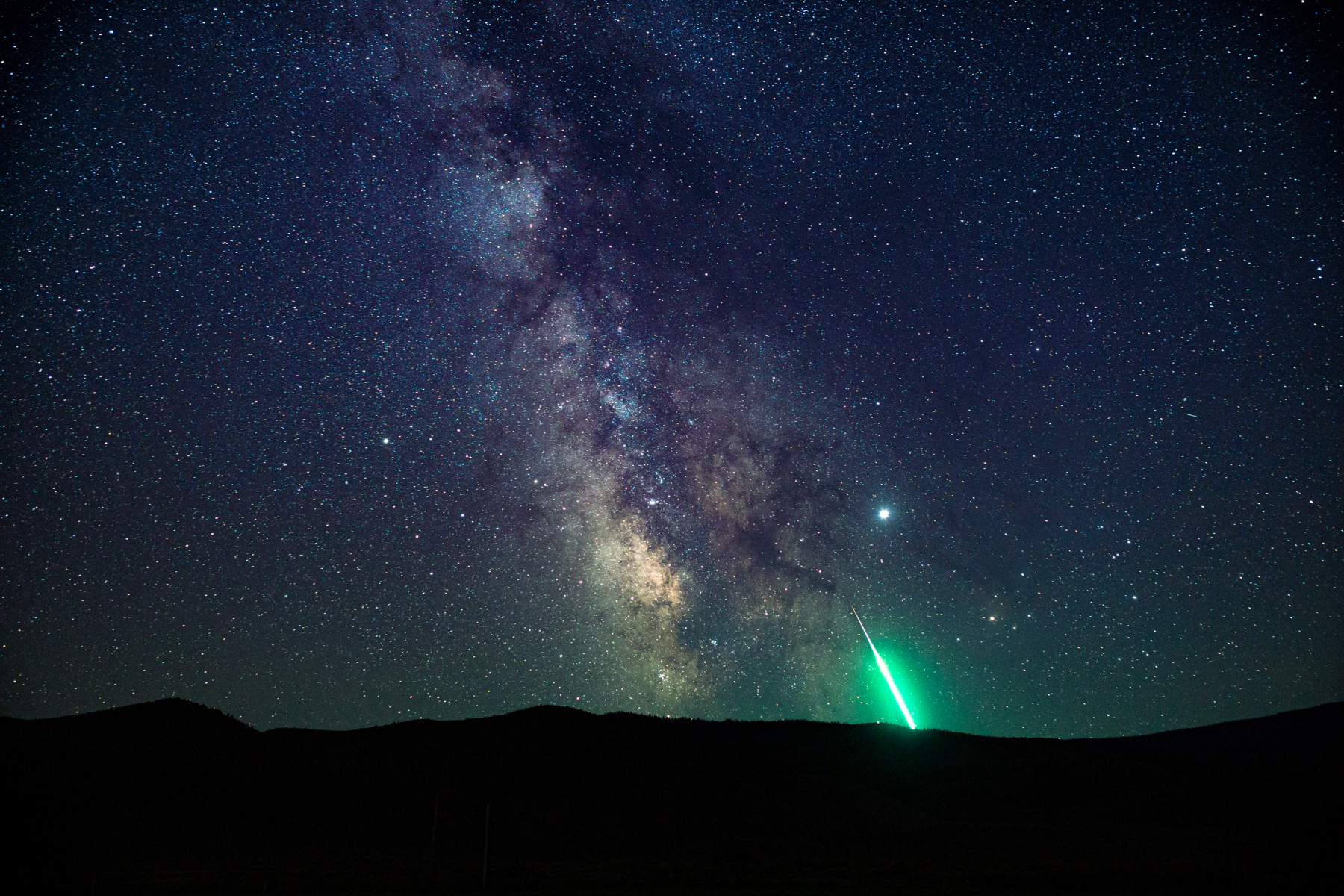
During this period the moon reaches its full phase on Tuesday July 16th. On that date the moon is located opposite the sun in the sky and remains above the horizon all night long. This weekend the waxing gibbous moon will set during the morning hours just before dawn, allowing a small opportunity to view under dark skies.

Christian Koll captured this fine fireball at 21:42 Universal Time on June 28, 2019 from Litzlham, Oberösterreich,…

Meteor season finally gets going in July for the northern hemisphere. The first half of the month will be much like June with predominately slow rates. After the 15th though, both sporadic and shower rates increase significantly. For observers in the southern hemisphere, sporadic rates will be falling but the overall activity will increase with the arrival of the Southern delta Aquariids during the last week of the month.

The estimated total hourly meteor rates for evening observers this week is near 3 for those viewing from the northern hemisphere and 4 for those located south of the equator. For morning observers the estimated total hourly rates should be near 6 as seen from mid-northern latitudes (45N) and 10 as seen from tropical southern locations (25S).

The estimated total hourly meteor rates for evening observers this week is near 2 for those viewing from the northern hemisphere and 3 for those located south of the equator. For morning observers the estimated total hourly rates should be near 5 as seen from mid-northern latitudes (45N) and 7 as seen from tropical southern locations (25S).

During this period the moon reaches its first quarter phase on Monday June 10th. At this time the moon is located 90 degrees east of the sun and sets near 0200 local daylight saving time (LDST). As the week progresses, the waxing gibbous moon will set later in the morning with each passing night, reducing the window of dark skies available.
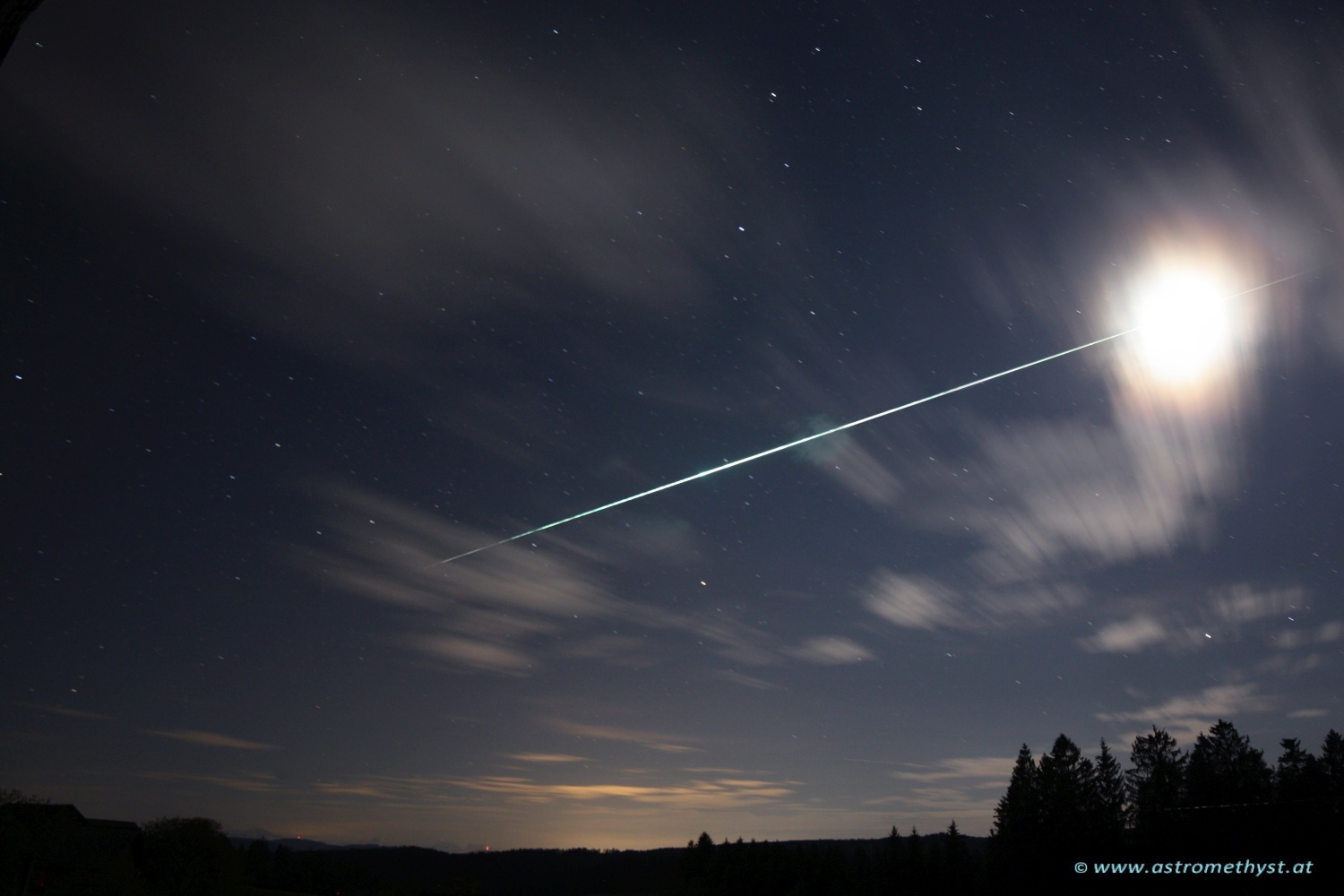
June is another slow month for meteor activity. There are no major showers active in June and only the Anthelion source can be counted on for continuous activity. Sporadic rates continue to remain slow as seen from the mid-northern hemisphere (45 N) with only half the rates seen from the southern hemisphere. As seen from the southern tropics (25 S) sporadic rates continue to be strong this month with morning hourly rates exceeding 10.
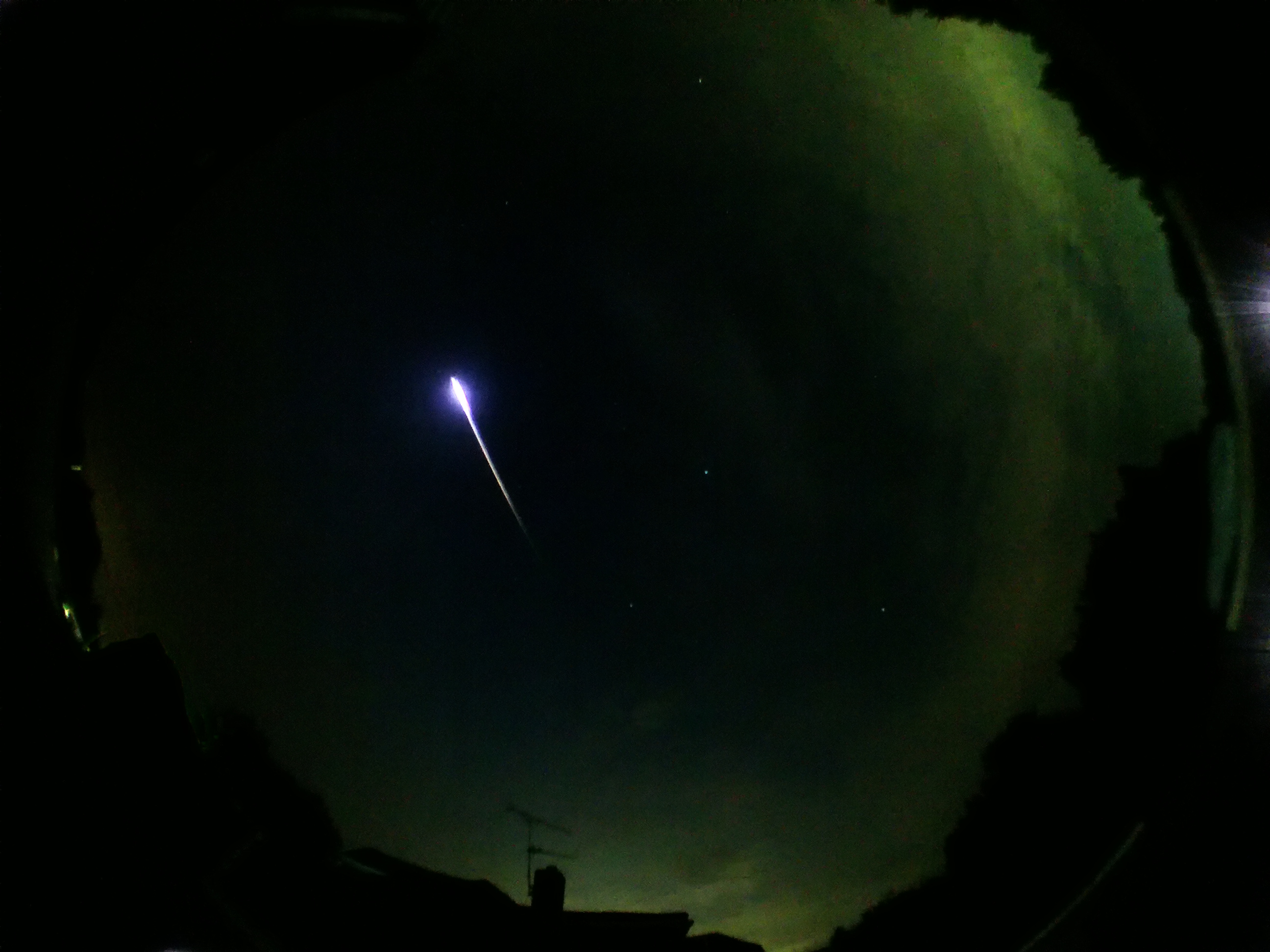
During this period the moon reaches its last quarter phase on Sunday May 26th. At this time the half-illuminated moon rises between 0200 and 0300 local summer time (LST) and remains in the sky the remainder of the night. As the week progresses the moon will become less of a factor as it wanes and rises later with each passing night.

During this period the moon reaches its full phase on Saturday May 18th. At this time the moon lies above the horizon all night long, making meteor observations difficult at best. As the week progresses the moon's phase will wane and it will rise later each night. This will provide some dark skies between dusk and moon rise but unfortunately this is a very slow time for meteor activity.

During this period the moon reaches its first quarter phase on Saturday May 11th. At this time the half-illuminated moon is present in the evening sky and does not set until 3-4am as seen from mid-northern latitudes. As the week progresses the window of dark skies between moonset and dawn will shrink until it disappears by Wednesday May 15th.